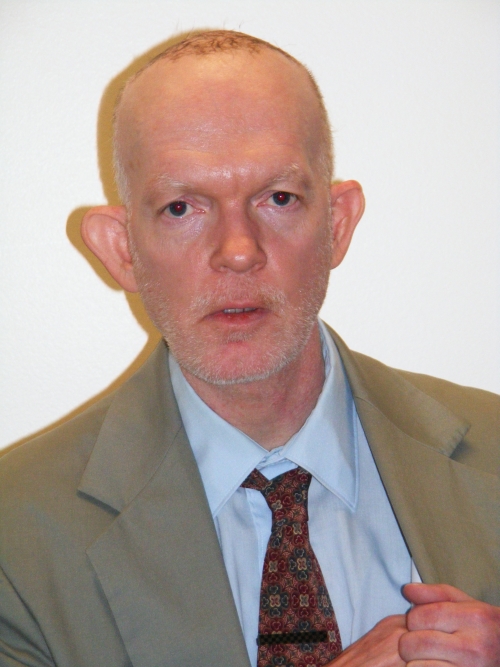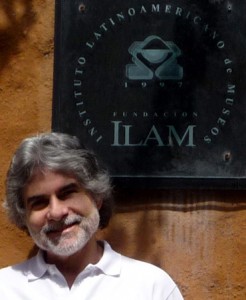Recently, I got to know Eduardo De Diego, PSP from Applied Security Research Associates, based in Canada. Security is always a big issue in museums and I enjoyed his insights in moving collections. Naturally, I told him about our blog. I asked him if he had a good story to tell. Of course he had (and I sincerely hope for more)! Enjoy the read and thanks, Eduardo, for submitting!
During an audit of security practices and controls at a major, internationally-recognized museum, an incident was related to us that the Chief Curator (who shall remain nameless to protect the institution) had invited a television news crew to do a “show and tell”.
The Curator wanted to show off to media and presented a superb forgery of a very well known work. The news crew asked how could you tell it was a forgery? and the Curator said OK I will show you and then proceeded to extract the original work from the vaults (this was a breach of security access and movement control protocols). He brought out the original, placed the original and the forgery on two identical easels, and proceeded to demonstrate how his superior knowledge of the subject allowed him to discern the real one from the forgery. The Curator then proceeded to show other pieces and provide interpretation, leaving the first two paintings unattended. One member of the news crew decided it was time for a prank and switched the two works without Curator being aware of it, as his attention was elsewhere. Curator returned and the news crew asked again, for their viewers, which one was the real one please? He identified the forgery as the authentic work.
Afterwards the Curator was told what had occurred and it was weeks before independent verification identified the real work and returned it to storage.
Happy ending, but expensive.
Text: Eduardo De Diego

